A little over 4 months ago, I found out that I am expecting a baby—hence a great chance to explore eco-friendly pregnancy tips. In general, carrying a little new life provided me with new hope and willingness. It offered me an opportunity to revitalise my going-green efforts, which have been stagnating since I started my current job.
Yet having experienced three previous pregnancies and having tried going green at a different pace, I knew that I do not want to set myself up with an overly ambitious agenda. Amy Swales describes well in her blog post on eco-friendly pregnancy tips how women can feel overwhelmed and with guilty conscience as “‘being eco’ can feel like just another thing to fail at.” I wanted a green pregnancy that is also a serene one and that feels good.
1. Sustainable mother care products
During my first visit to the gynecologist to confirm my pregnancy, she asked me what I use to clean my face. I had been using a medical product to prevent acne. Apparently, I needed to stop that and look for natural personal and mother care products. Trying to learn what skincare products are safe and what to avoid, I came across this Women’s Care blog post that provides detailed information. Yet it can get rather complicated and time-consuming to read all labels in detail and search online to find the perfect natural skincare product for expecting mothers. I just did not have this time, since I already have three under-ten-year-old kids to care for and a full-time job. I needed something that could be more easily integrated into my daily life.
What worked well for me was trying out using this Weleda baby shampoo on my skin.
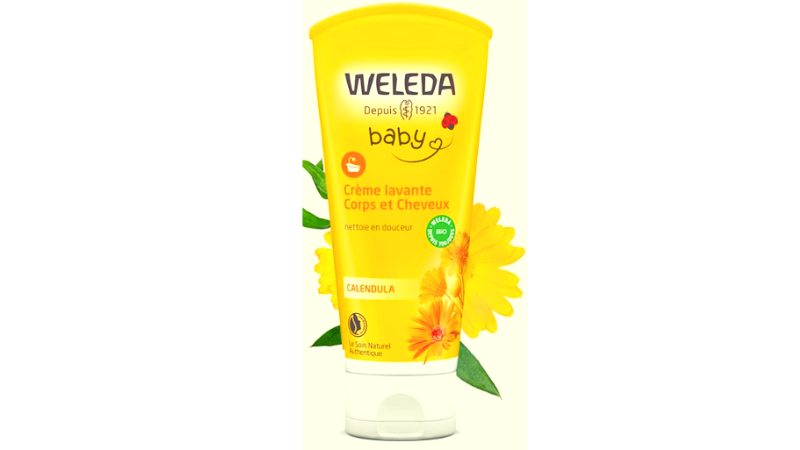
As this natural product is elaborated for newborn fragile skin, I felt it could not harm me and was the easiest solution for our household. I discovered this product with my first baby, and my smaller boys are still using it for bathing. Thus, all I needed to do was reach for it on the bathroom shelf and start sharing it with my kids. I didn’t need to do any additional shopping, as we already buy this cream regularly at our pharmacy.
The only mother care product that I really needed to buy based on the experience of my previous pregnancies was an oil or lotion to hydrate my belly to prevent stretch marks. Again, I tried to keep it simple and looked for options at the local pharmacy that I already visit regularly. I chose the Mustela anti stretch mark creme that I have also used successfully during other pregnancies, never having any stretch marks.
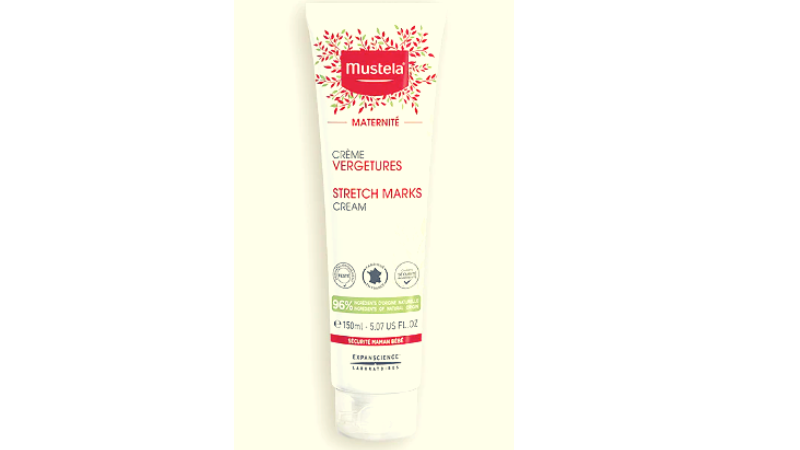
It is possible that I could have found a more eco-friendly solution online. Yet today, a locally produced creme that has 97% natural ingredients and doesn’t require any additional transportation to get to me was a good enough choice for me.
2. Healthy eco-friendly pregnancy diet
Thanks to my previous efforts that I discuss in my blog posts on eco-friendly grocery shopping and how to become more eco-friendly with eating at home, my diet today is much more sustainable than during my last pregnancy three years ago. Another change that greened my way of eating tremendously was my two older kids deciding to become vegetarians some years ago. Having no time and energy to cook in two different ways, our family eats at home in a fully vegetarian way. Only when we have guests or when we are eating out, occasionally we might have meat or fish with my husband and the little one.
Some blog posts have suggested searching for prenatal vitamins that are eco-friendly. I felt that this was too complicated to be integrated into my lifestyle and decided to go with the prenatal vitamins that my gynecologist prescribed and that are reimbursed by my health insurance.
During this pregnancy, I have suffered an even higher degree of anemia than during my previous pregnancies. My doctor suggested increasing meat consumption. At one point I then bought some raw red meat—something that I used to love 10 years ago. I tried to fry it and eat to reinforce my natural iron intake. Yet it had a really bad effect on me. The smell that came from frying, the process itself, and the taste had an adverse effect and just did not match with who I had become. Thus, I am now sticking to daily iron supplements and eating more beans and lentils. I also accepted an iron perfusion for the first time.
3. Sustainable approach to maternity clothes
I have to admit that in my previous pregnancies, I had enjoyed shopping for fast fashion new maternity clothes. A part of me used pregnancy as a good legitimate reason to go shopping for new clothes. This time, I chose a different approach. First of all, I really tried during the first 4 months to use existing not-so-tight clothes to get buy. For instance, this is of my loved pregnancy outfits, adapted from my usual wardrobe, that I wore often at 4 and 5 months pregnant:
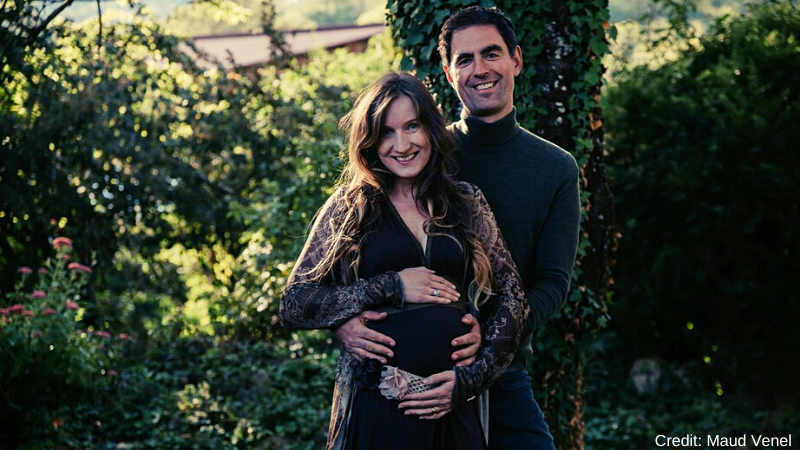
By adding just a belt to the dress, I am further able to emphasise my beautiful pregnant belly. Additionally, I had kept a few pregnancy jeans that were not so used. Unfortunately, many of the fast fashion maternity clothes that I used to buy during my previous pregnancies could not be used after some months, as they were not so high quality and they just did not look pretty anymore.
For the first time, I also tried to shop for some secondhand maternity clothes. In particular, I needed a warm jacket that could accommodate my big belly yet withstand the winter weather.
As usual, I started to look on the website leboncoin.fr for what I also refer to in my blog post on eco-friendly gardening. I found a lot of secondhand things for my garden there, as well as things for my house that I could pick up in nearby neighborhoods. They also often have a home delivery option. Unfortunately the selection of pregnancy winter clothes was not as extensive as I had hoped, but then I found beebs.app, which has a great selection of secondhand maternity and children’s clothes. The only new clothes that I really needed were maternity tops. On the French website enviedesfraises.fr I found these beautiful eco-friendly pregnancy tops :
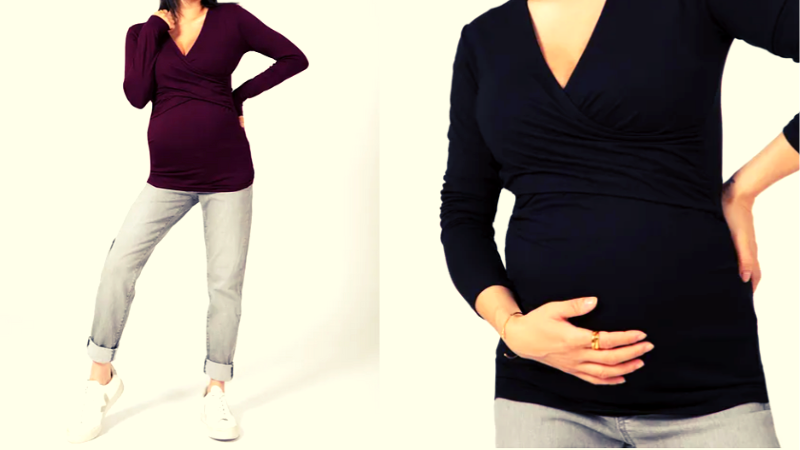
4. Eco-friendly pregnancy tips: green exercising
During the first three months of this pregnancy, I had some gynecological issues and was not allowed to do sports. Once I could exercise again, I decided to opt for prenatal yoga, which I had also practiced in my previous pregnancies. Yet I needed a new yoga mat, and I wanted it to be eco-friendly this time. There are quite a few blog posts out there that are dedicated to reviewing eco-friendly yoga mats. For instance, Candice Batista explores 11 options in her blog. After research, I decided to purchase the Himalayan Made yoga mat:
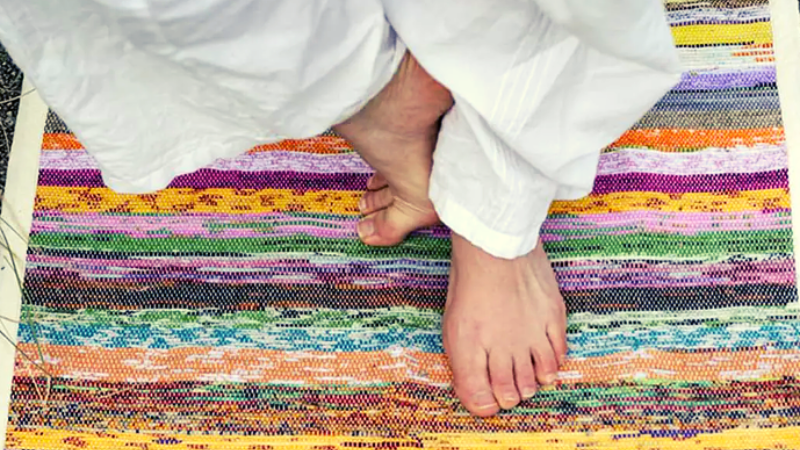
I also fell in love with the concept behind this mat: the Himalayan Made company provides employment to Nepalese women so that they can regain financial and social autonomy. This company also uses hemp and upcycled materials, such as used saris of Nepalese women, to make these yoga mats.
5. Greener nursery and pre-loved baby things
First of all, this time around, I have accepted many more of the used maternity and baby things that people have offered me. Since we have kept many things from my previous pregnancies and babies, it is not really necessary to buy much more. We decided that the baby will share the room with our four-year-old—this is something he really wants and looks forward to. For that, we needed to buy some furniture to split the room and also to store and organize the toys. Before running to IKEA, our previous default behaviour, we decided again to explore the options on leboincoin.fr to see if we could find what we needed nearby.
Additionally, we decided to refresh a children table and two chairs that my older kids had used, which weren’t looking so pretty any more:
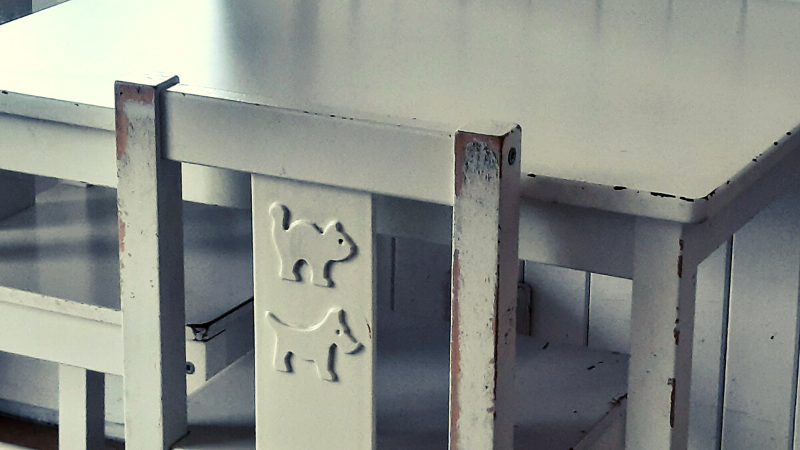
As mentioned by Nicole Pomarico in their blog post, we were careful when choosing the paint for refurbishing the children’s furniture and found this product.
After painting with an seaweed-based eco-friendly paint, the table and chairs look like new, and we are very happy with the final result:
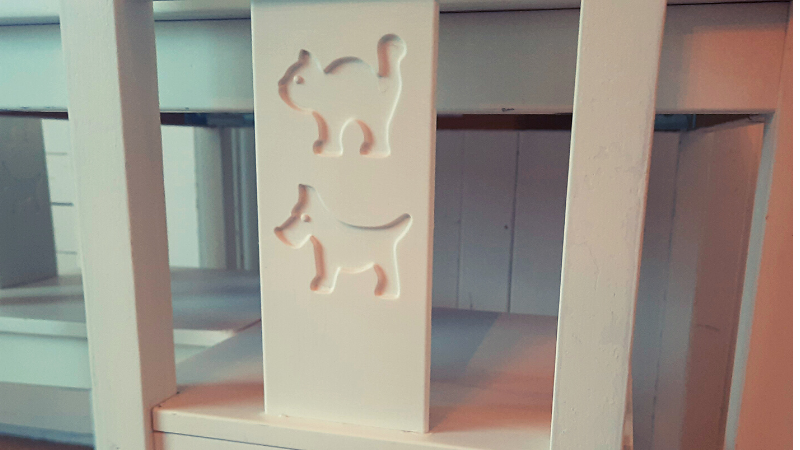
6. Purchasing a hybrid 7-seater
Becoming a family of 6 people instead of 5 meant that we had to look for a new car. Another eco-friendly pregnancy tip that we used was thus to look for a 7-seater that has less of a carbon footprint than our existing car. A part of me wanted to be ambitious and to go right away for an electric 7-seater. Yet after thorough research and considering that we want to use the car for longer road trips during vacations, we decided to settle for a hybrid option. We were concerned that the network of options for recharging electric cars is not yet strong enough to allow for longer trips in France or other neighboring countries. This Volkswagen Multivan will join our family in one month:
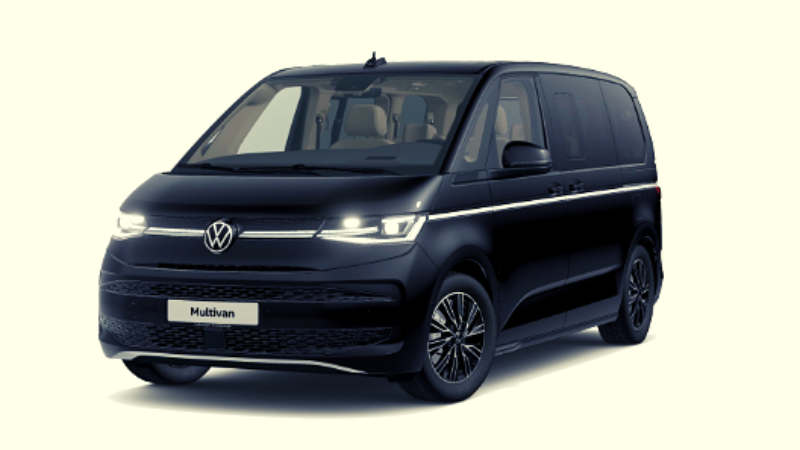
7. Looking into natural birthing options
Liz Fraser, in her blog post on sustainable birth, states that “hospital births use more resources, from materials to energy” and discusses the environment-related advantages of home births. I became a big fan of natural out-of-hospital birthing already prior to my first baby, and my two first babies were born in a birthing center just a few hundred meters away from the maternity hospital. For the third, I needed to go to hospital, as the quantity of amniotic fluid was too high and birthing center rules are strict to assure maximum safety. This time around, I will unfortunately have to have a hospital birth again due to my high maternal age.
Green Child magazine proposes some simple steps one can take to make a hospital birth more eco-friendly. Indeed, “what’s done is done. Your room will have been cleaned for you,” and most probably “many potentially toxic chemicals are used in large amounts not just for patient care, but to clean the hospital itself. These traditional cleaning products, floor strippers, and disinfectants often contain bio-accumulative toxins or PBTs that can contribute to environmental pollution during manufacturing and lead to poor indoor air quality when they’re used.”
Yet during my stay, I could ask hospital staff to not clean my room every day. I can bring my own eco-friendly, non-toxic shower, personal and baby care products. I can also bring sustainable organic clothes for my baby and not use the products or clothes offered by the hospital.
In sum, a green and serene pregnancy means finding eco-friendly pregnancy tips that work for you and your family, are feasible, and make you feel good.

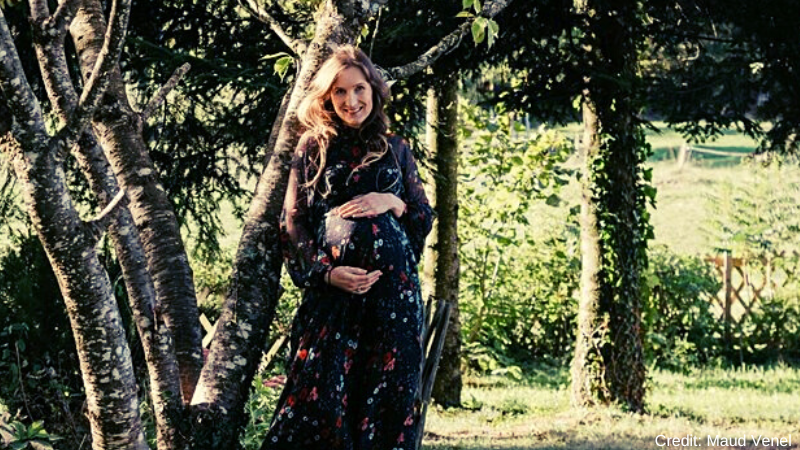
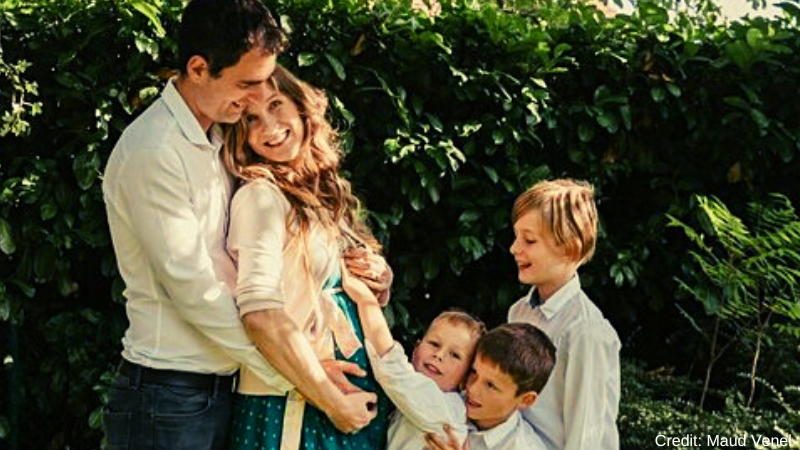
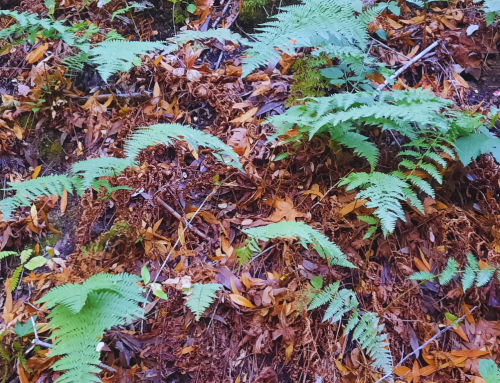


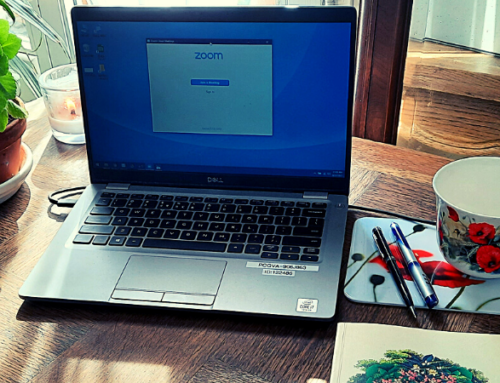
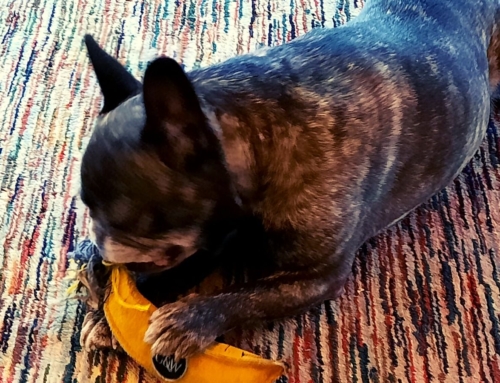

Leave A Comment